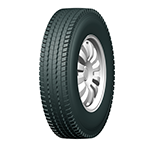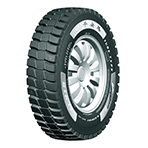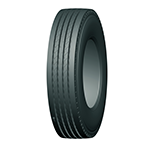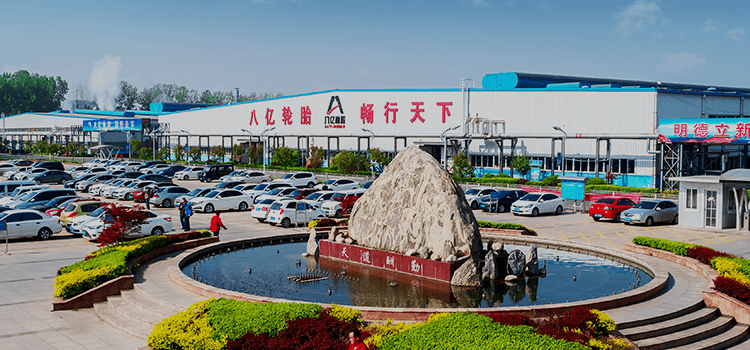New Regulations for Used Tires
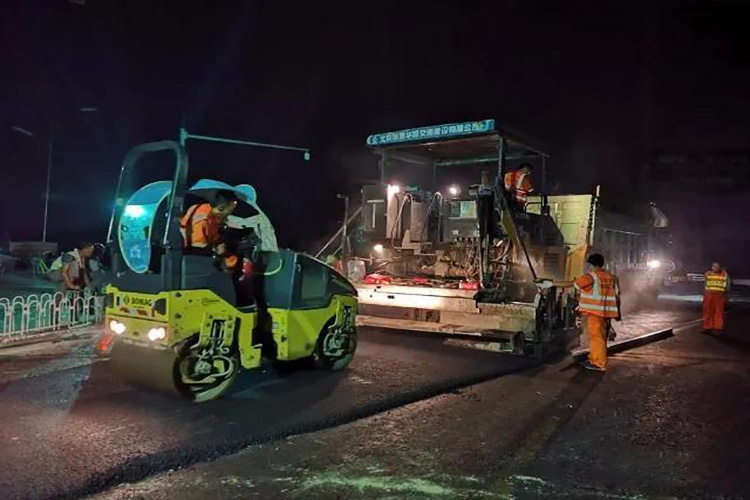
In order to promote the recycling of waste tires, correctly guide the sustainable and healthy development of the industry. On May 18, 2020, the Ministry of Industry issued the "Necessary Conditions for the Waste Tire Recycling Industry Specification (2020 Edition)" and the "Interim Measures for the Administration of the Announcement of the Waste Tire Recycling Industry Specification (2020 Edition)". Scrap tires are favored again!
Among them, the necessary conditions of the industry norms for the recycling of waste tires (2020 version) point out that Article 4 specifies: Encourage tire production enterprises to carry out the recycling of waste tires. And its waste tires use links have made requirements for environmental protection, resource use and energy consumption indexes.
Current status of used tires
According to the latest data, about 25 million waste tires are generated every year, and 17 million tons are recycled. Among them, China is the country with the largest number of waste tires. Tens of millions of tires are scrapped every year, with a total weight of more than 10 million tons. Such waste tires have become black pollution that needs to be solved urgently. Some villages burned tires, causing large quantities of toxic pollutants.
Waste tire recycling method
The most common methods used to produce waste tires are as follows: raw material recycling accounts for 47%, energy recycling accounts for 20%, landfill disposal accounts for 2%, and about 30% of waste tires are not used. solve. In our country, waste tires produced every year are increasing at a rate of 8% to 10%. Waste tires are called "black pollution". The direct incineration of waste tires will cause carcinogens such as dioxin and heavy metal pollutants such as zinc, cadmium, nickel, and lead. Therefore, waste tires cannot be incinerated. The solution to waste tires has always been a major difficulty.
Use value of used tires
In recent years, our country has implemented a proactive working attitude in the resolution of waste tires. Just like in the past, the road pavement was gradually developed on Rongchang West Street in Yizhuang Development Zone, which is made of rubber asphalt made of waste tires. In the past 6 years, 2.73 million waste tires have been laid on a large scale in more than 60 in Yizhuang Development Zone. On key roads, this environmental protection work in the development zone prevents air pollution through incineration. According to calculations, it is equivalent to saving 123,000 tons of standard coal and reducing carbon dioxide emissions by about 307,000 tons. Compared with ordinary asphalt, it can reduce tire noise and improve the driving comfort of motor vehicles. The most important thing is to greatly reduce the cost of maintenance.
In the past, the first domestic smart waste tire micro-negative pressure pyrolysis technology production line jointly developed by Shandong Chengkuang Environmental Protection Group Co., Ltd. and South Korea Dongcheng Group reached an agreement and entered the production and delivery plan, which can make waste tires form 35% of industrial carbon. Black, 40% fuel oil, 15% steel wire and 10% gas combustible gas, complete 100% environmentally sound recycling and reuse of waste tires.
Policies related to the recycling of used tires continue to be implemented
In recent years, new projects in my country's waste tire engineering projects have continued to make efforts to explore the big market of waste tires. The state has also implemented new requirements for the recycling of waste tires.
Effective on January 1, 2020, the "Industrial Structure Adjustment Guidance Catalogue (2019 Edition)" of the General Office of the National Development and Reform Commission of the People's Republic of China, which carried out key guidance instructions for the waste tire recycling industry. It is clearly stated that it is necessary to encourage the development and application of recycling technologies and equipment for waste materials such as waste plastics and waste rubber.


